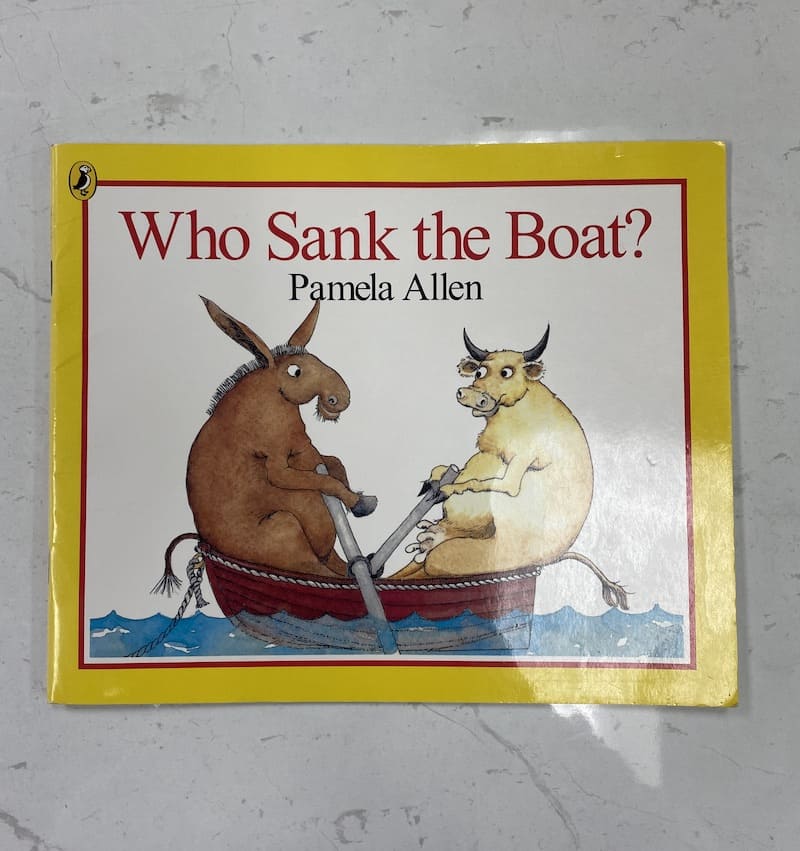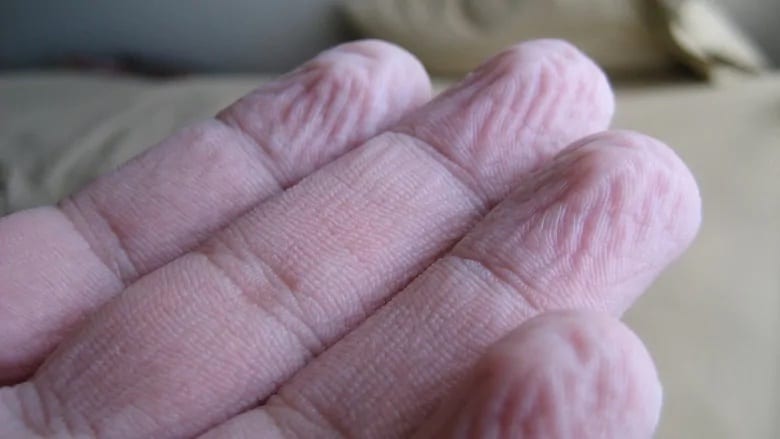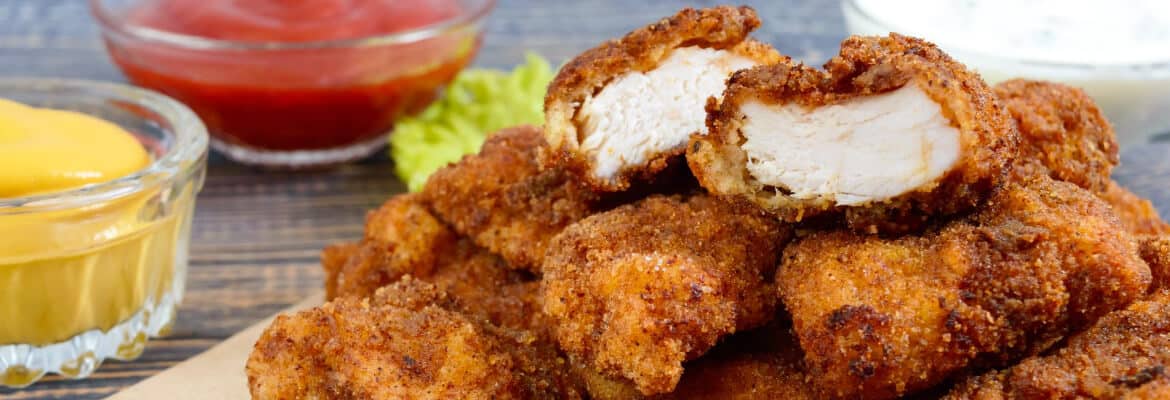Kimberley Wilson has written that great summary about an interesting but complicated topic – allostatic load. Somehow, she has made it simple!
Recently I went to Pain Adelaide 2021 , a pain conference with lots of different professionals from different disciplines.
At the end of the first day there was a panel discussion with some experts.
One of the questions that was put to the panel was ‘tell me about a text which has influenced your practice’.
The panel of experts talked about quite profound texts from their fields.
The first thing that came to my mind was a book that I read when I was a child called ‘Who Sank the Boat’ by Pamela Allen.
Kimberley’s Favourite Book Of All Time
I use it quite a lot with my clients to explain a very complicated topic called ‘allostatic load’.
‘Who Sank the Boat’ is a really nice analogy about how our bodies are exposed to cumulative loads, and how it that can affect the output or result – how our bodies work.
The story is that a group of farm animals walk down a jetty and one by one they jump in a little wooden boat.
As the animals get into the boat, the boat gets lower and lower in the water.
It becomes a little bit precarious, but still afloat.

There is a cow, and a pig, a donkey and a sheep all sitting in this boat.
Everything is ok … until a little mouse comes along and jumps into the boat. And the boat sinks!
So Who Really Sank The Boat?
The reality is that the mouse sank the boat.
But is it the mouse’s fault? I would say definitely not.
There was a collection of fat farm animals already in the boat that created the situation where a little mouse could be the last straw.
How’s Your Allostatic Load Going?
Compare this to your life.
The reality is we often have a lot of ‘fat farm animals’ sitting in our ‘boats’, and there are times in our lives where we have more farm animals than others. And fatter ones!
In other words, at those times, we have a high allostatic load.
We can also have lots of ‘little farm animals’ in our lives as well.
And all of these animals, big and small, create a cumulative load.
So whether it be:
- work
- financial stresses
- children
- health
- lack of sleep
- poor diet
All of these things sit in your ‘boat’.
This can be ok and we can continue to exist happily and our boat manage to stay afloat (perhaps precariously) until one little thing happens.
A little mouse comes along (an injury, a work situation, your illness or a kid’s illness) and that’s enough to sink the boat.
As a physio, I tend to see is this ‘boat sinking’ manifested as an injury, or in a flare up of a pain state.
For example, someone comes in to the clinic and they say, ‘I bent over to dry my feet and my back went’.
(My first question is – somewhat facetiously – ‘where did it go?’)
Then we start to unravel the cause of this problem.
We look at the structural contributors, the tissues, joints and nerves. But we also look at what else is going on in their life. We try to understand their allostatic load.
Often we can see that there are a whole heap of fat farm animals which are existing in that person’s life at the moment.
Their allostatic load is high.
This is decreases their tolerance, so that a painful event or tissue injury is more likely to occur.
If You Have A High Allostatic Load
Some people have a lot of farm animals that they actually can’t change at the moment. That’s often the way – we don’t always have the ability to change everything in life immediately.
But what you can do to change the balance is add some positive things to life to try and lift that boat up a little bit higher.
You can think of this as adding big floatation devices to the side of the boat, which will give it more buoyancy to prop it up.
Examples of this might be:
- doing some exercise
- eating well
- carving out some alone time
- getting counselling or psychology help if needed
- spending time with good friends
- getting some laughs
- listening to good music
- learning more about your injury so that you understand it better
- making realistic goals with your physio about your problem
- developing a plan of attack that makes sense
You are trying to find a way of balancing the allostatic load in any way you can, from any angle you can.
Summary
I really like this book. I have it on my desk most of the time
I use it to start a conversation about what a patient’s personal fat farm animals are in their boat.
It reframes those ‘little mouse’ additions to the boat as maybe not the main cause of a problem.
This is the start of a whole new conversation, and a new perspective on life’s problems.
It applies to all kinds of issues: physical, psychological, immune, hormonal, workplace dynamics, even economics.
So have a think about your life. Have you got any fat farm animals in your life? What are the little farm animals?
Which animals can you eject from the boat? Which ones can you do nothing about?
Is there a big pig that’s sitting there just weighing your boat down? Can we get rid of the pig or do we need to add some flotation devices to your boat?
Or can we just build you a bigger boat?
The Ultimate Guide To Low Back Pain Myths
There is A LOT of misinformation about low back pain, what causes it and how to get better.
This guide was created to answer our top ten myths that we hear every day.
We feel strongly that each of these myths has the potential to stop improvement.
On the other hand, there is a lot of good news when you understand the truth behind these myths.
You should feel much more optimistic about your back pain after reading this!














